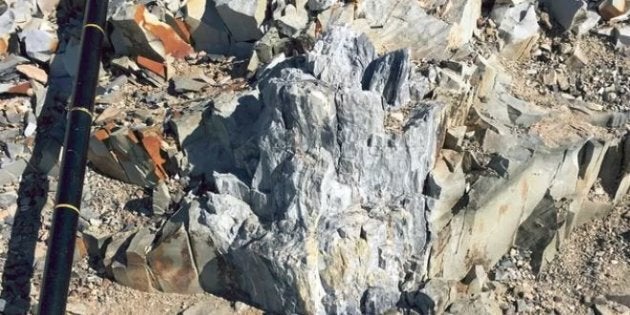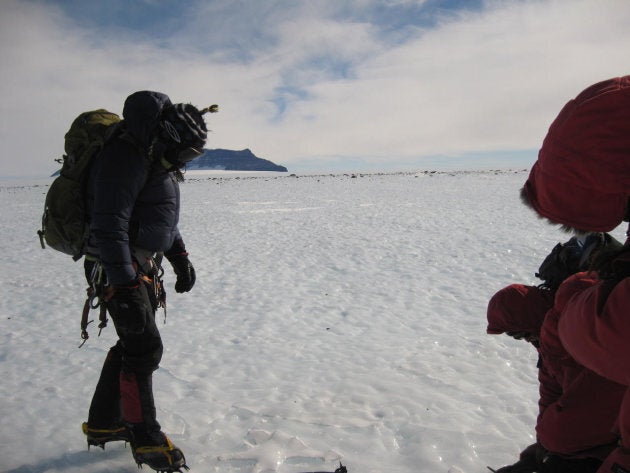
Antarctica wasn't always a barren and largely uninhabitable landscape of snow and ice.
Almost 260 million years ago, the world's coldest and driest continent was awash with lush, thriving forests -- and a group of geologists have just found one.
The University of Wisconsin–Milwaukee paleoecologists spent last summer climbing Antarctica's Transantarctic Mountains.
High above the ice fields, they combed the mountain's gray rocks for fossils from the continent's green, forested past.
By January, they had found the fossil fragments of 13 trees.
"People have known about the fossils in Antarctica since the 1910-12 Robert Falcon Scott expedition," explained research team leader and paleoecologist, Assistant Professor Erik Gulbranson.
"However, most of Antarctica is still unexplored. Sometimes, you might be the first person to ever climb a particular mountain."

The trees are estimated to be around 260 million years old -- older than the world's first dinosaurs.
And even though the trees died out many millennia before our ancestors were swinging through the treetops, they could provide some clues into how our landscape will alter as a result of human-induced climate change.
The researchers believe the trees proliferated in Antarctica at the end of the Permian Period, when the continent was warmer and more humid than today.
At the time Antarctica was part of Gondwana, a supercontinent spanning the Southern Hemisphere that included Australia as well as South America, Africa and India.
But around 251 million years ago, the Permian Period ended as the planet rapidly moved from icehouse to greenhouse conditions, bringing about a mass extinction which killed more than 90 percent of species on Earth, including the polar forests.

Many scientists now believe this mass extinction was caused by a massive increase in greenhouse gases, such as carbon dioxide and methane, from a huge number of volcanic eruptions in Siberia.
"This forest is a glimpse of life before the extinction, which can help us understand what caused the event," Gulbranson said.
"The geologic record shows us the beginning, middle and end of climate change event. With further study, we can better understand how greenhouse gases and climate change affect life on Earth."
The geologists also hope to get an insight into how the hardly plant species survived months of sunlight followed by months of complete darkness in the polar region.
"There isn't anything like that today," Gulbranson said.
"These trees could turn their growing cycles on and off like a light switch.
"We know the winter shutoff happened right away, but we don't know how active they were during the summertime and if they could force themselves into dormancy while it was still light out."
In other Antarctica-related news, NASA has just released the first photographs of the enormous Larsen C iceberg since it split from mainland Antarctica in July, becoming one of the largest icebergs in recorded history.
The jaw-dropping images are a sobering reminder of what is in store for the world's coldest continent as we face a warmer future.